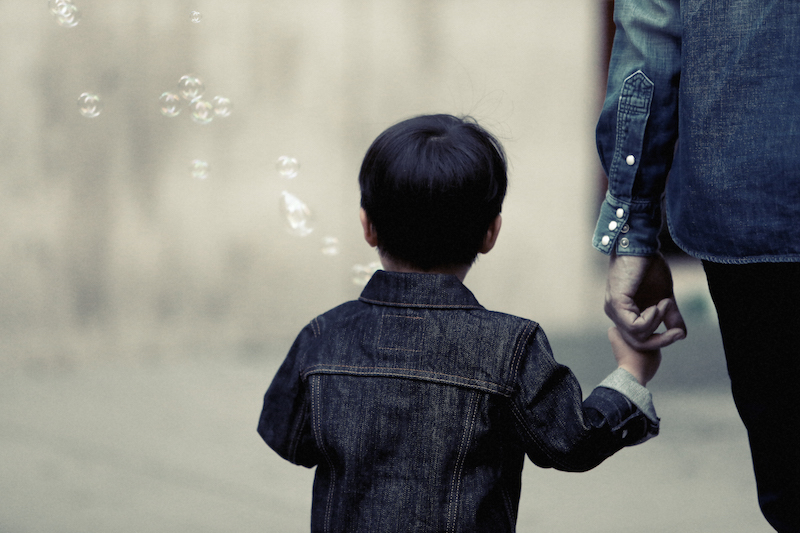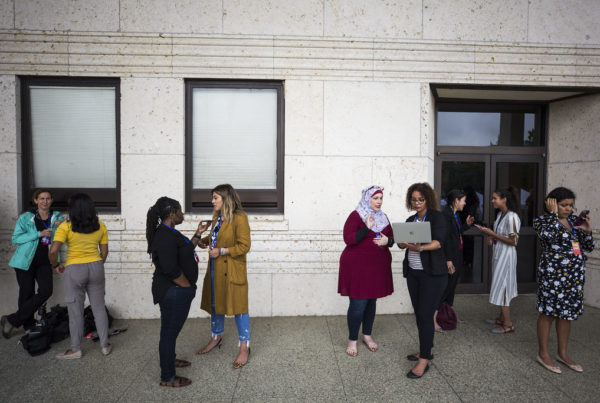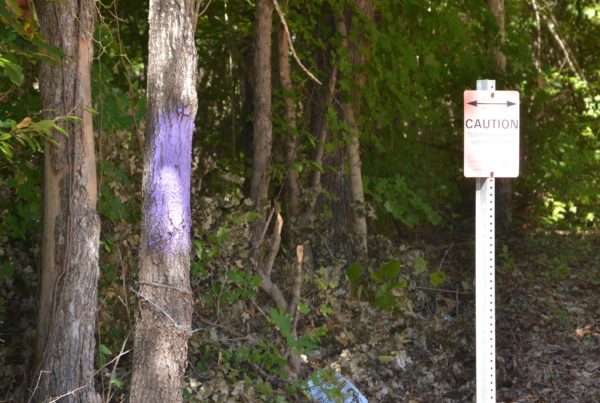A comprehensive report written by two court-appointed federal monitors says that children in the Texas foster care system continue to face “unreasonable risk of serious harm.”
The assessment, released this week, comes several years after a U.S. district judge in Corpus Christi ordered the state to fix its foster care system, finding it unconstitutionally unsafe for young people in its care.
Bob Garrett, Austin bureau chief for The Dallas Morning News who’s covered the Texas foster care system for years, told Texas Standard host David Brown that the organization hired to investigate complaints from foster care children had incorrectly downgraded the severity of complaints in a third of the cases it investigated.
“The import of that is kids being hurt, and making an outcry, and not really being taken seriously,” Garrett said. “And then, a 500-case backload for that unit was alarming.”
Garrett said another alarming indicator found by the court monitors is that three children in foster care have died under questionable circumstances between February and May of this year.
Monitors gathered data by making visits to facilities housing foster children, as well as analyzing “reams of data,” Garrett said.
After the federal judge’s order that the state fix its foster care system, the Texas Legislature approved new money in 2017 for additional child abuse investigators, improved pay rates for foster care providers and more caseworkers. But Garrett said the new report found that caseloads had not yet been reduced enough to meet the requirements of a deal made between the state and the federal court in December of last year.
Garrett said ongoing problems with Texas foster care stem from the way it was created – as a semi-privatized system that has been cobbled together over the years.
“Nobody planned to have a partly privatized, mostly privatized system where if you apply to get a license to provide foster care, you can get the contract to start receiving kids,” Garrett said. “These places grew up in a lot of rural areas. A lot of the kids are urban. It’s an imbalanced system, geographically.”
Web story by Shelly Brisbin.















